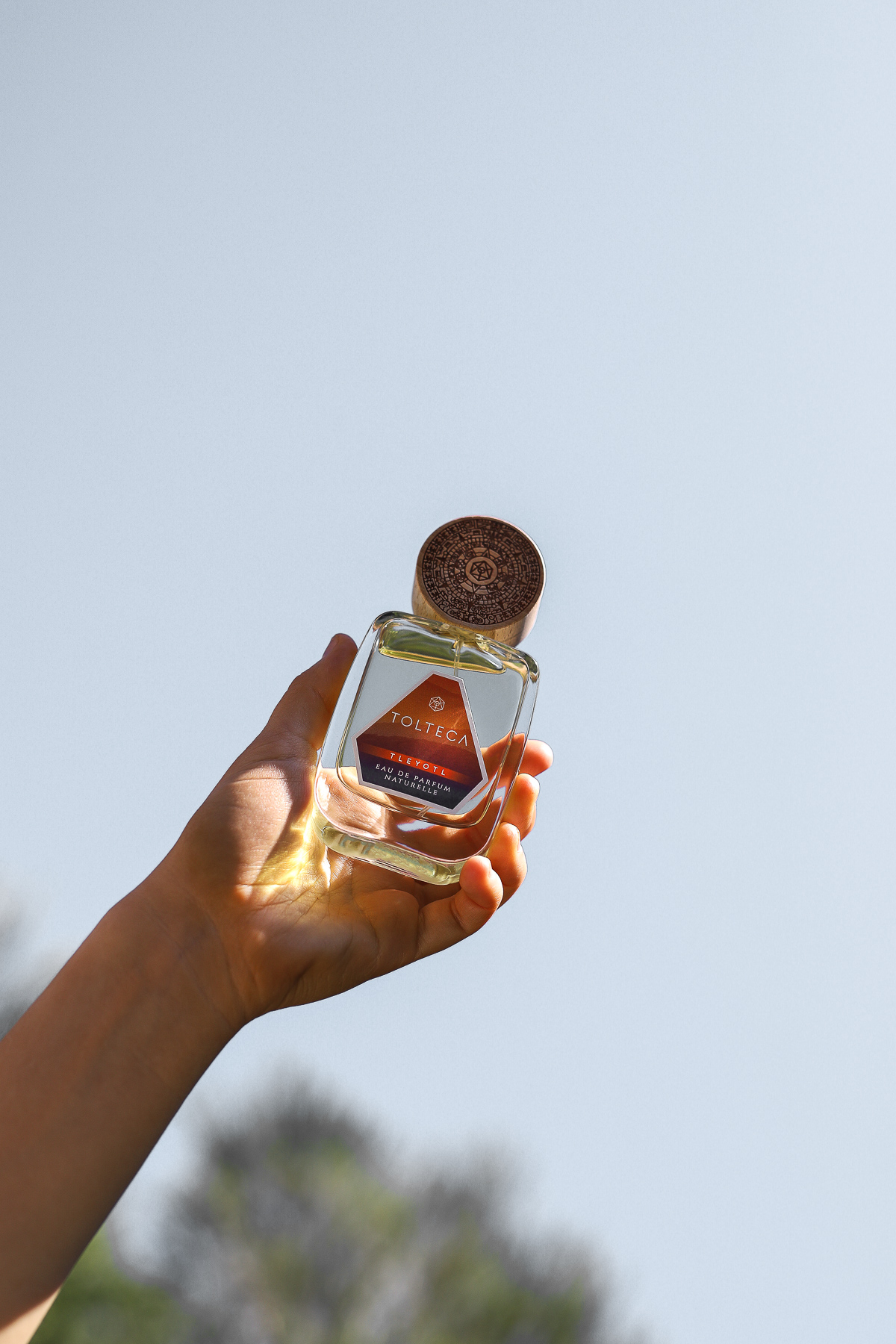The use of ingredients of animal origin becomes rare in perfumes. However the perfumes that are on the market today are far from vegan. Explanations.
The 5 ingredients of animal origin still used in perfumery
5 raw materials of animal origin can still be used for the formulation of a perfume.
The absolute of beeswax
Beeswax is the animal-based ingredient found most often in a fragrance compound. The absolute of beeswax offers a sweet animal note, round and honeyed. Its smell is more or less powerful depending on the age of the wax rays of the hive from which it is extracted. It is very often used in floral perfumes to strengthen the natural facet of the rose or jasmine for example.
The civet
The natural civet is a raw material of animal origin very much loved by perfumers. It is made from raw civet: a secretion from the anal gland of the cat civet. In civet farms, the glands are usually emptied once a week. This “Secretion” is then purified by solvent extraction or infusion to be used in perfume.
Nowadays very expensive, the natural civet is often replaced by its synthetic equivalent.
For ethical or financial reasons many brands have excluded it from their composition.
Contrary to what can be read sometimes, the natural civet is not prohibited! The civet is still on sale in its natural form and available to perfumers.The civet should not be confused with the musk Tonkin, which is now completely forbidden and replaced by synthetic musk.
Castoreum
Natural castoreum is an oily and fragrant secretion produced by the perineal and anal glands of Beaver. The collection of these secretions implies the death of the animal. Castoreum is used in perfumery to enhance the carnal side of chypre or oriental perfumes thanks to its leather facet and its warm and animal note. The natural castoreum often comes from beaver hunting in Canada and it is now often replaced by its synthetic equivalent.
African stone or Hyraceum
The African stone also known as Hyraceum is a secretion produced by a African rodent: Cape Daman. This natural raw material takes the form of a small stone. This stone consists of the crystallized and petrified urine of the animal. It’s picked up near its burrow, without hurting the animal.
Ambergris
Extremely rare and extremely expensive, ambergris is a “block” of gastric secretion from the whale that offers a unique and particularly persistent marine and fecal odor. Naturally rejected by the animal these solid blocks of « wax » whose weights can sometimes reach several hundred kilos float and drift a long time before being picked up on the beaches. Their woody animal smell is extremely variable because it depends on the time spent at sea.
Animal compounds more rare
Scarcity of materials, rising prices, bad press … animal raw materials are becoming infrequent for different reasons and that’s good! Things have evolved greatly in the past few years. Consciousness has evolved and animal ingredients are more and more poorly perceived. However, some raw materials of animal origin such as beeswax or castoreum are still widely used in perfumery and present in many fragrances.
What is a vegan perfume?
A vegan perfume is of course a perfume that does not contains any animal ingredients. For Tolteca, a vegan perfume is so much more than that! A vegan fragrance is an ethical perfume, respectful of the environment, respectful of life. It is a perfume whose manufacture does not generate any exploitation and no suffering, whether human or animal.
Veganism is a philosophy of life, a vision of the world that goes beyond the non-consumption of animal products.
As a vegan brand, TOLTECA is committed:
- To manufacture and sell only vegan products.
- To never sell its products in a country whose regulations require animal testing as still requested by China for example.
- To privilege fair trade or organic farming where possible.
- To choose recyclable, recycled or biodegradable materials for its packaging.
- To do one’s best to limit the environmental impact of the company and preserve nature.

